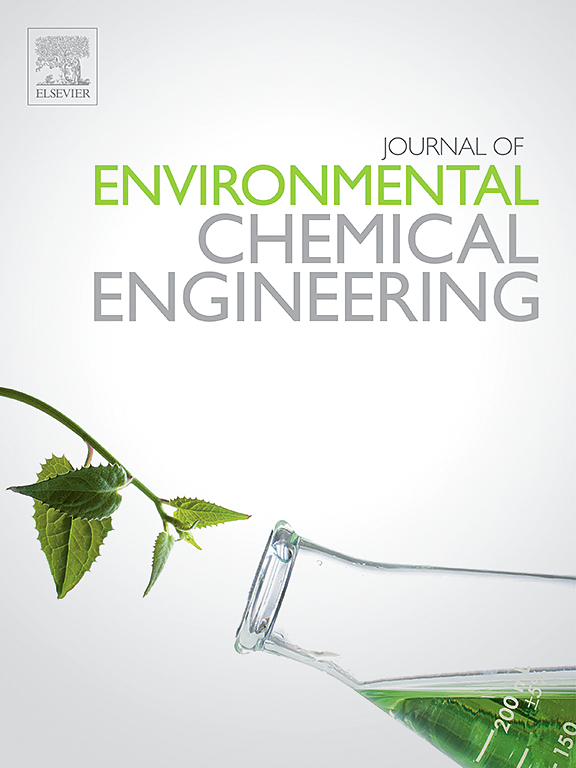A comprehensive review on nitrogen-doped carbon dots for antibacterial applications
IF 7.4
2区 工程技术
Q1 ENGINEERING, CHEMICAL
引用次数: 0
Abstract
Nitrogen-doped carbon dots (N-CDs) have attracted a lot of focus lately because of their extensive medical applications. Bacterial infections convey a significant risk to global public health and economic stability. N-CDs have become highly appealing antibacterial agents due to their photostability, excellent biocompatibility, and versatile surface characteristics. The present review offers an in-depth assessment of the latest advancements in applying N-CDs for combating bacterial infections. We explore various synthesis methods, structural characteristics, and antibacterial mechanisms, with a particular emphasis on the role of nitrogen doping. Addressing current research challenges, we propose strategies to enhance the antibacterial efficacy of N-CDs. By offering comprehensive insights into synthesis, mechanisms, and applications, this review aims to guide future research in this promising field. Additionally, we provide suggestions to increase the activity of N-CDs against various bacterial pathogens, which pose a severe risk to communal health.
掺氮碳点抗菌应用综述
掺氮碳点(N-CDs)因其广泛的医疗应用而备受关注。细菌感染给全球公共卫生和经济稳定带来了巨大风险。N-CD 具有光稳定性、良好的生物相容性和多功能表面特性,已成为极具吸引力的抗菌剂。本综述深入评估了应用 N-CD 抵抗细菌感染的最新进展。我们探讨了各种合成方法、结构特征和抗菌机制,特别强调了氮掺杂的作用。针对当前的研究挑战,我们提出了增强 N-CD 抗菌功效的策略。通过对合成、机理和应用的全面深入分析,本综述旨在为这一前景广阔的领域的未来研究提供指导。此外,我们还就如何提高 N-CDs 对各种细菌病原体的活性提出了建议,这些病原体对人类健康构成了严重威胁。
本文章由计算机程序翻译,如有差异,请以英文原文为准。
求助全文
约1分钟内获得全文
求助全文
来源期刊

Journal of Environmental Chemical Engineering
Environmental Science-Pollution
CiteScore
11.40
自引率
6.50%
发文量
2017
审稿时长
27 days
期刊介绍:
The Journal of Environmental Chemical Engineering (JECE) serves as a platform for the dissemination of original and innovative research focusing on the advancement of environmentally-friendly, sustainable technologies. JECE emphasizes the transition towards a carbon-neutral circular economy and a self-sufficient bio-based economy. Topics covered include soil, water, wastewater, and air decontamination; pollution monitoring, prevention, and control; advanced analytics, sensors, impact and risk assessment methodologies in environmental chemical engineering; resource recovery (water, nutrients, materials, energy); industrial ecology; valorization of waste streams; waste management (including e-waste); climate-water-energy-food nexus; novel materials for environmental, chemical, and energy applications; sustainability and environmental safety; water digitalization, water data science, and machine learning; process integration and intensification; recent developments in green chemistry for synthesis, catalysis, and energy; and original research on contaminants of emerging concern, persistent chemicals, and priority substances, including microplastics, nanoplastics, nanomaterials, micropollutants, antimicrobial resistance genes, and emerging pathogens (viruses, bacteria, parasites) of environmental significance.
 求助内容:
求助内容: 应助结果提醒方式:
应助结果提醒方式:


